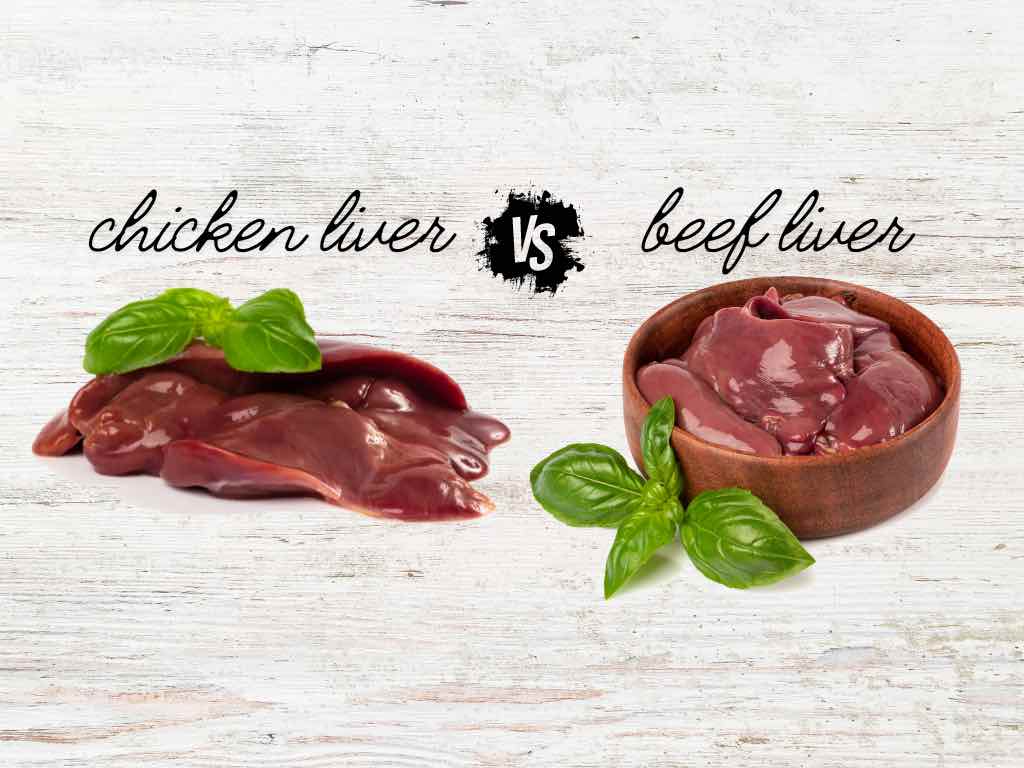
Chicken vs. Beef Liver: A Nutritional and Culinary Guide
|
|
Time to read 5 min
Welcome to One Stop Halal!
Written by: Najma A.
|
|
Time to read 5 min
When it comes to nutrient-dense foods, the liver often tops the list. However, not all livers are created equal. While both are highly nutritious, chicken liver vs beef liver offers different benefits and culinary experiences. In this blog, we'll dive deep into the nutritional profiles, health benefits, culinary uses, and taste differences between chicken and beef liver. Whether you're a health enthusiast looking to optimize your diet or a culinary explorer seeking new flavors, this comparison will help you make informed choices.
Due to their dense nutrient profiles, chicken liver vs beef liver offer numerous health benefits. Here are some key advantages:
Chicken liver is versatile and can be prepared in numerous ways. Here are some popular culinary uses:
Beef liver has a more robust flavor compared to chicken liver and is typically prepared differently:
The taste and texture of chicken and beef liver differ significantly, affecting their culinary applications and appeal.
Chicken liver has a milder flavor and a softer texture than beef liver. Its taste is less pronounced, making it more palatable for those new to eating liver. The smoother texture of chicken liver also allows it to blend smoothly into dishes like paté and spreads.
Beef liver has a stronger, more robust flavor that can be somewhat metallic. Its texture is firmer and can be chewy if not cooked properly. The distinctive taste of beef liver makes it a favorite for enthusiasts but may be off-putting for some. Proper preparation, such as soaking in milk or marinating, can help mitigate its intense flavor.
The cost and availability of chicken and beef liver can vary depending on your location and the type of market you visit.
Chicken liver is generally more affordable and widely available in grocery stores and markets. Its lower cost makes it an economical choice for those looking to incorporate nutrient-dense foods into their diet without breaking the bank.
Beef liver can be slightly more expensive than chicken liver, but it is still relatively affordable compared to other cuts of beef. It is commonly found in butcher shops and specialty meat markets. The higher price can be attributed to beef liver's larger size and nutrient density.
When choosing between chicken liver and beef liver, it's also essential to consider each option's environmental and ethical implications.
Chicken farming generally has a lower environmental impact than beef farming. Chickens require less land, water, and feed to produce a given amount of meat and liver. Additionally, many chicken farms are transitioning to more humane and sustainable practices, making finding ethically sourced chicken liver easier.
Beef farming has a larger environmental footprint, contributing to higher greenhouse gas emissions, land use, and water consumption. However, choosing beef liver from grass-fed, pasture-raised cattle can mitigate some of these impacts. These practices are more sustainable and often result in a higher-quality product.
To get you started, here are a couple of simple and delicious recipes:
Welcome to the Home of the Halal Beef. We carry various beef cuts that are hard to find elsewhere. We deliver to your doorstep anywhere in the United States within 1-2 business days.
Beef liver vs chicken liver are nutritional powerhouses that can significantly enhance your diet. Chicken liver is milder in flavor, softer in texture, and more affordable, making it a great entry point for those new to eating liver. With its robust flavor and firmer texture, beef liver offers an even more impressive nutrient profile, particularly in vitamin A and B12 content.
Ultimately, the choice between chicken and beef liver comes from personal preference, dietary needs, and ethical considerations. By incorporating either (or both) into your diet, you can enjoy many health benefits and discover new culinary delights. Whether you opt for the subtle taste of chicken liver or the bold flavor of beef liver, you're making a choice that supports your overall well-being and culinary adventure.

© 2025 One Stop Halal, Inc.